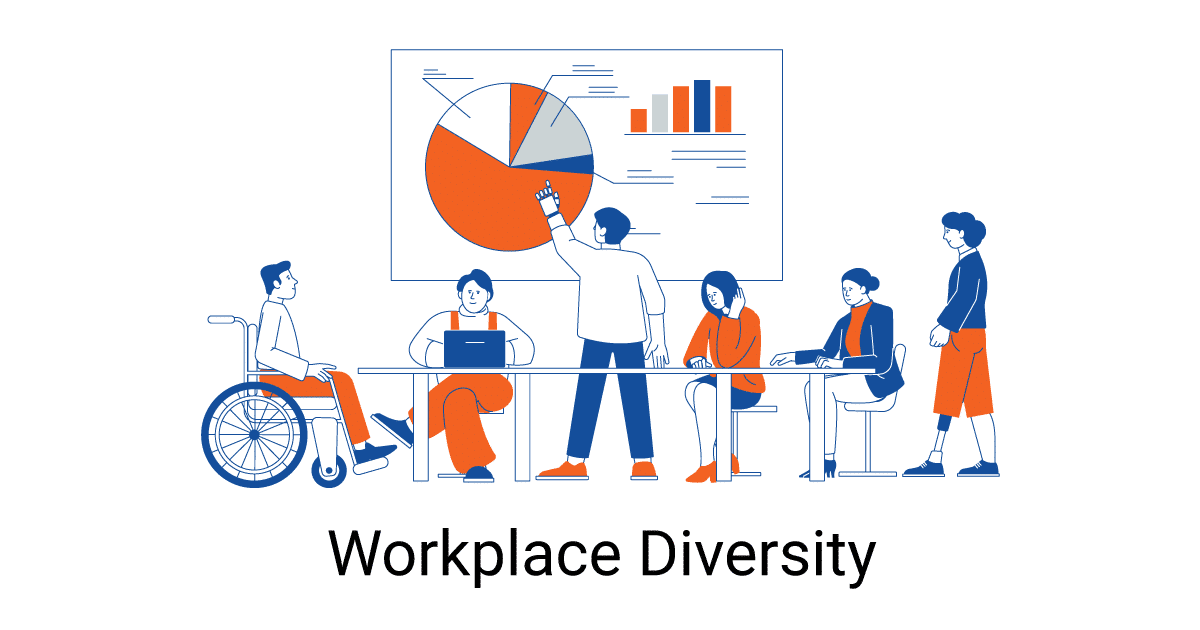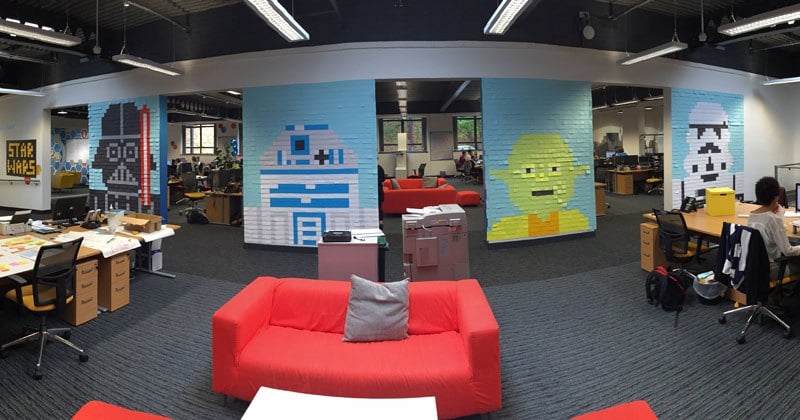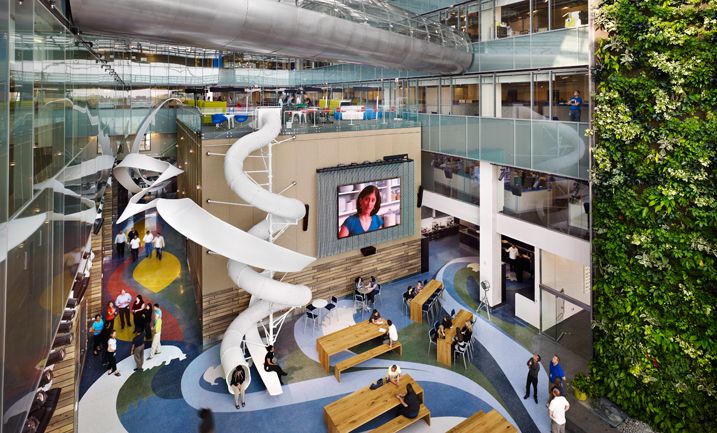What is workplace diversity?
Workplace diversity refers to the variety of differences between people in an organisation. Although that appears to be a simple definition, diversity encompasses race, gender, ethnicity, age, experience, education, background and more. Diversity in the workplace not only involves how people perceive themselves, but also their perceptions and tolerance of others and these perceptions influence interactions within the workplace. Creating a diverse workplace adds value to an organisation by allowing employees to approach their respective jobs from different perspectives, offering a more innovative and adaptable approach for the organisation.
This isn’t only limited to recruitment, however. In order for a diverse workforce to function effectively, human resource professionals and those in management positions need to effectively deal with potential issues such as communication adaptability and change. In an increasingly globalised world where movement of labour is becoming more fluid, diversity is likely to increase and organisations that are likely to be successful are the ones that recognise the need for immediate action and are willing to invest resources in improving and managing workplace diversity.
Workplace diversity in Nigeria
One of the primary obstacles to improving workplace diversity in Nigeria is a resistance to change. There tends to be employees who refuse to accept the fact that the social and cultural makes of their workplace is changing and many refute this change. This “we’ve always done it this way” mentality often silences new ideas and hinders progress. This contributes greatly to hindering the implementation of policies and laws aimed at improving workplace diversity and equality, especially in the case of gender equality. The problem of gender equality especially salient in Nigeria and is shown clearly in the public sector, as well as private.
The National Gender Policy of 2006 prescribes that the Nigerian government undertakes affirmative action policies ensuring that at least 35% of positions are given to women. However, in the current government administration, women account for only 7 out of 36 or 19.4% of ministerial positions available. This problem has often been linked to and is symptomatic of the lack of women in decision making positions in the Nigerian government, failing to represent the makeup of the polity. This is perhaps best shown by looking at the Nigerian legislature, where women account for a paltry 14 out of the 360 members of the country’s lower legislative house or 5.6%. This is a very poor number when considering that Burundi, a country suffering from serious democratic deficits, has women occupying 36% of the seats available in its lower house of parliament. This is rather problematic because if the government fails to adhere to or properly implement laws meant to improve diversity, then it is unlikely that the situation in the private sector will fare much better in the long run.
However, the situation in the private sector isn’t all doom and gloom as some firms have taken it upon themselves to implement their own policies aimed at improving workplace diversity. Companies such as Lafarge Africa have taken it upon themselves to improve diversity and especially gender equality in their workplace. They are striving to improve diversity and equality in senior management position because they hold the belief that diversity in teams and management is essential in achieving high levels of performance and innovation and they seek to develop the skills of employees regardless of their age, gender, colour or religion due to the potential benefits of which some will be explored below.
Benefits of a diverse workplace
Best available talent: Companies known to hire from diverse groups have the ability to hire the best talent available because they are employing from a wider pool of talent than those who have a more narrow scope of employment. Older members of the workforce can provide experience and a strong work ethic to the company, whilst younger members can bring youthful exuberance and a fresh perspective to the company’s business that may assist it in appealing to younger consumers.
Increased adaptability: Consumers in Nigeria hail from diverse backgrounds and having a workforce that reflects this diversity helps the company by making it more adaptable and capable of responding to changes in the market. A diverse workforce is better equipped to satisfy the needs and demands of a diverse market through the innovation it can bring. For example, a male-dominated workplace would likely be less able to identify and attend to the needs of women than one which contained a significant proportion of women.
Cultural advantages: Another advantage to having a diverse workforce is the ability to interact with a diverse customer base. Consider areas that are popular tourist destinations, such as amusement parks or resorts. These locations are typically staffed with individuals who speak multiple languages and understand many different cultures. Additionally, businesses looking to expand into new markets benefit from having employees with firsthand knowledge of those markets
Ways to Achieve Workplace Diversity
Look at the numbers: A first step would be to conduct an analysis or review of your company’s diversity and equality whilst being honest with the information provided in this analysis. What are the numbers telling you? It is important to understand the current situation. Have a close look at the areas of recruitment and selection; where people are in the organisation; promotion rates and appraisal scores; staff turnover; exit interviews; and pay and reward. Only then can you identify the problems and areas that are in need of being addressed and improved.
Leading from the top: The role of the leadership is vital as they set the tone for how inclusive and diverse their workforce will be. It is vital that senior members of staff are seen to be strong advocates for diversity and equality by pushing for diversity training, ensuring people are promoted and hired without discrimination and such processes are transparent so as to establish trust between senior management and the workforce that people are being treated fairly. Although this may take time to show clear benefits, the benefits are likely to trickle down to the staff and general operation of your workforce.
Implementation of diversity policies: As long as the leaders of the firm are committed to improving diversity in the workplace, then the education of workers and recruitment officers in promoting diversity is the next step. Members of the workforce have to be educated on the many benefits that creating a diverse workplace will bring. This can be achieved through training programs and processes put in place to ensure that those who may have either conscious or unconscious bias towards other workers are held accountable to ensure that the workplace is truly diverse.











